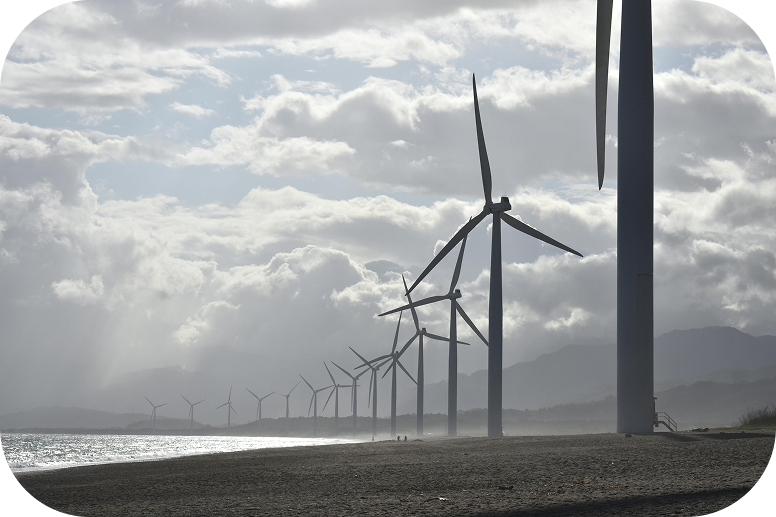Renewable Energy Commodities
Essential Insights on Renewable Energy

Supply Chain Expansion
Rapid Expansion
The renewable energy market is projected to see substantial growth in the coming years, with the need to significantly increase the production of solar panels, wind turbines, batteries, and other components to meet climate goals.
Increased Investment
Significant investments are being made in clean energy technologies, including research and development, manufacturing capacity, and project deployment.
Critical Minerals Challenge
A major concern is the reliance on critical minerals like lithium, cobalt, and rare earths, which are necessary for battery and wind turbine production, and ensuring a secure supply chain for these materials is crucial.
Geographic Concentration
Currently, a large portion of renewable energy manufacturing is concentrated in certain regions, like China, which raises potential supply chain vulnerabilities.
Supply Chain Diversification
Efforts are underway to diversify manufacturing capabilities across different regions to mitigate risks and promote local job creation.
LFP Batteries Are Transforming the EV Market
Lithium-iron-phosphate batteries are taking over the EV market, reducing the expected need for metals like nickel and manganese. Fiercely competitive pricing strategies continue to put pressure on battery technology improvement. Improvements in lithium-iron-phosphate (LFP) technology, including super-fast-charging capabilities, cold temperature performance and higher energy densities, are increasing its market share, particularly in China, where many of the companies making LFP cells are based.
The Shift Away from Nickel & Manganese in Battery Production
LFP reaches over 50% of the global passenger EV market within the next two years. Nickel and manganese are among the biggest losers from the advancements in LFP batteries. Nickel consumption in lithium-ion batteries reaches 517,000 metric tons in 2025, while manganese reaches 131,000 metric tons. These are 25% and 38% lower than our previous estimates in EVO 2023 for nickel and manganese, respectively, due to the shift toward lower-cost chemistries.
517,000 metric tons (Nickel) 25%↓
131,000 metric tons (Manganese) 38%↓
China's Battery Prices Are Reshaping Global Competition
China's batteries are incredibly cheap. While battery-cell manufacturing overcapacity is a phenomenon globally, it is most acute in China and is a major factor driving prices lower. In the domestic market, EV lithium-iron-phosphate (LFP) cell prices have averaged $53/kWh between January and April 2024, a 44% year-on-year drop (Figure 14).
Planned battery production capacity in China is almost seven times demand by 2026. Sustained low prices could lead to an additional 23.9 million EVs being sold in China between 2024 and 2035, according to our scenario analysis. This averages 2 million additional BEVs and PHEVs per year over the next decade (Figure 15). That uptick, however, is not enough on its own to solve China's overcapacity. Actual excess supply will be lower due to varying utilization rates, commissioning delays and abandonments, but fierce competition is a trend that is likely to remain in the next couple of years, if raw material prices remain low.
Although low battery prices are a boon for demand, they put a strain on governments and automakers outside China that are seeking to localize their respective supply chains.
The Global Impact of Low Battery Prices & CATL's Market Leadership
CATL (Contemporary Amperex Technology Limited) is the world's largest maker of electric vehicle (EV) batteries and has a commanding position in the global market. CATL's technological leadership, including in fast-charging batteries, has helped it stay ahead of competitors. CATL employs 100,000 engineers and has 18,000 employees in Research and Development.
CATL has been the global leader in energy storage battery shipments for three years in a row
Market Share
As of November 2024, CATL held 36.8% of the global EV battery market
Customers
CATL supplies batteries to leading automakers, including Tesla, Ford, and Volkswagen. CATL's batteries are used in top-selling models like the Tesla Model 3 and Model Y, the BMW iX, and the Mercedes EQ series
Future Plans
CATL is planning to expand outside of China with new overseas plants in Germany, Thailand, Hungary, Indonesia, and the US. CATL is also pursuing more environmentally friendly approaches to battery manufacturing